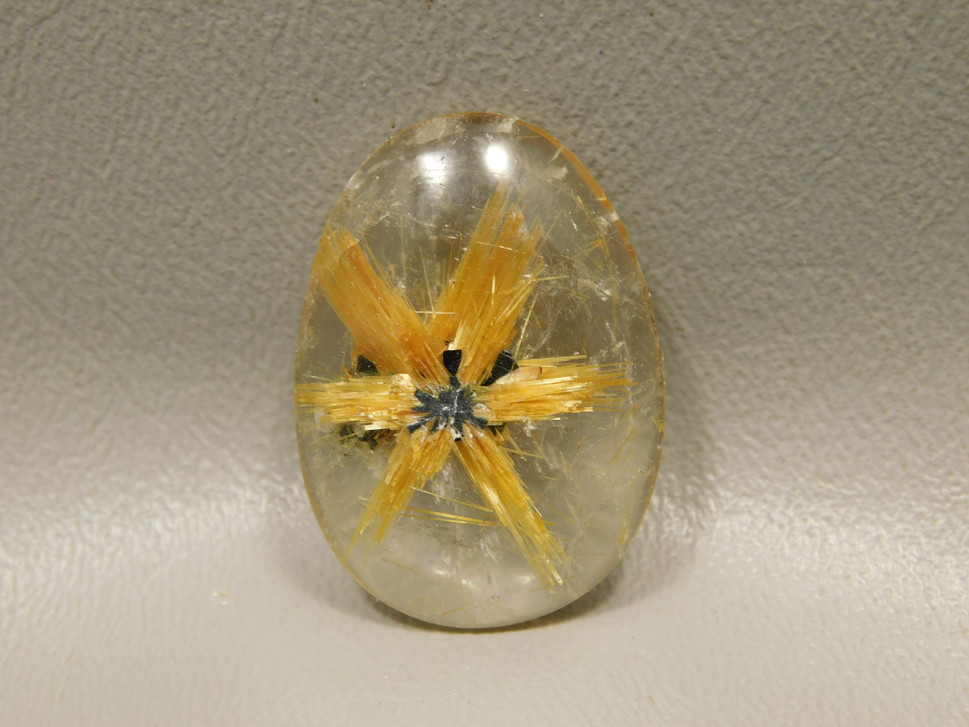The age of gemstones, when they were formed within the Earth, ranges from millions to billions of years ago.
Gemstones (both precious and semiprecious) have been used as tools, in rituals, religious rites, and for adornment since primitive times. Lapis, which in ancient writings and possibly the bible was referred to as “sapphire”, came from Badakshan in Afghanistan, which at the time was called Media. They are the oldest mines known, and they have operated for over 7000 years. The mining of Turquoise in the Sinai Peninsula has been going on almost as long. We also know from archeological evidence that around 4000 BC, the Egyptians were making gemstone jewelry using lapis lazuli and amethyst. And China started mining Jade around 3600 BC. Throughout history, in addition to jewelry, they have also been used to decorate a variety of other items like plates, combs and brushes, chalices, religious or ceremonial objects, and weapons.
Gemstones were also used in primitive medicine. Amulets were worn, in the believe of their powers to offer courage or protection. Ancient Greeks would smeared crushed hematite powder on their soldiers before the battles to boost their strength.
The first “jewelry” items were probably pebbles or rough rocks crudely strung and wore as necklaces or bracelets. Over the centuries the cutting, carving and polishing of the stones developed into a special talent known as lapidary.
By the time of Christ, some gem trade routes were already well established. Precious stones like emeralds, rubies and sapphires were imported via the Silk Road from India, Sri Lanka and the Far East. Lapis and Emeralds were found in Egyptian tombs. Lapis was imported from Turkestan into Egypt, nearly ten centuries before Moses led the Hebrews out of bondage.
Gemstone use has changed with the times. In the Greek and Roman periods, carvings became quite popular, including cameos. Caesar is said to have paid a large amount of money for a single pearl. Wealthy Romans tried to out do each other in ownership of fine gemstones. Men’s rings set with gemstones were particularly popular during the Roman era. Roman men, in the early first and second centuries, often wore rings on all ten fingers.
After the fall of the Roman Empire, the believe that gemstones have magical powers re-emerged. The signs of the zodiac were associated with gemstones. The idea of birthstones didn’t actually come until much later, in the 18th century. The modern list of birthstones that we know today was defined in 1912 by the National Association of Jewelers of America.
In the Middle Ages, the Church dominated the thinking and gemstones became part of the religious rituals. The Church, from the 5th century to the 16th century AD, was the biggest collector of valuable gemstones in Europe. Sapphires became the favorite ring stone of the high Church officials. Chalices set with gemstones became desired treasures.
At this time gemstone use in medicine surged. Some were actually crushed down and ingested!
Faceting tools became more efficient in the 16th century and by the end of the 1700s faceting and polishing of diamonds began to be widely used by European cutters.
By the 17th and 18th centuries, scientist begin to study rocks and minerals. With the development of mineralogy, we established a greater knowledge of rocks and minerals, followed by gemology, the study of gemstones. Scientific tests were developed that helped identify the gemstones.
By the middle of the 19th century, wearing gemstones for adornment surpassed their use in religious and medical rituals. In 1868 diamonds from South Africa were sold in Paris, and were quickly promoted as must haves. Development in jewelry design led to standardized settings that exploded the jewelry market before the 1900’s.
Jewelry design has come a long way. Different gemstones are in vogue at different times. And the development of synthetic stones, in 1837 the first successful synthesis of ruby occurred, has made certain “gemstones” more available to everybody. Currently certain markets are even trying to promote synthetic stones as better than real ones!
 US Dollar
US Dollar
 Australian Dollar
Australian Dollar
 Euro
Euro
 Canadian Dollar
Canadian Dollar
 British Pound Sterling
British Pound Sterling

